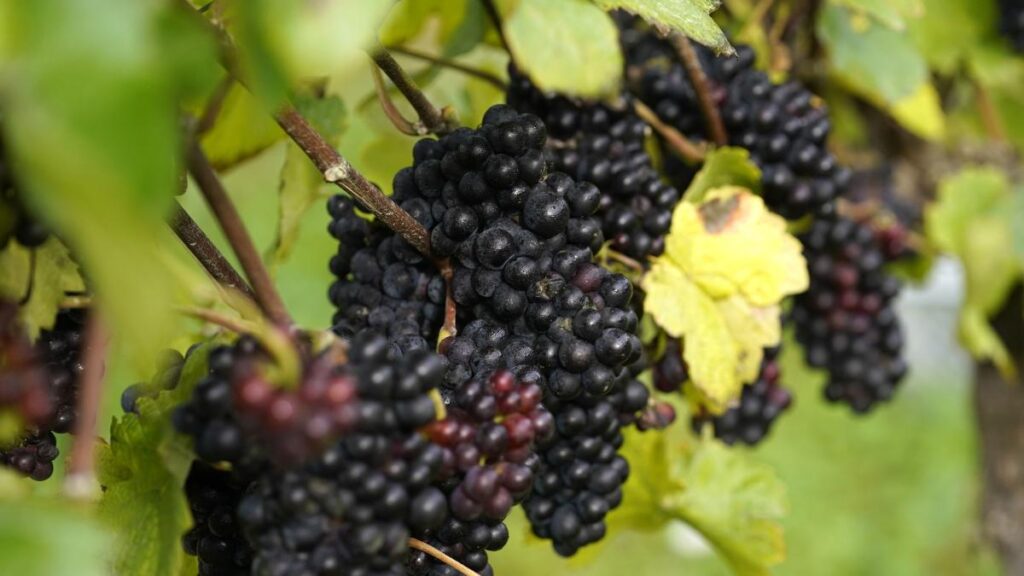Climate change could boost the UK's wine production potential, allowing farmers to expand into new products, a study has found.
Global warming has already contributed to an increase in the number of vineyards in the UK, with more than 800 in the country producing award-winning products with a focus on sparkling wine.
Researchers say that within the next two decades, the climate of an area larger than England and Wales is expected to become suitable for growing grape varieties intended for sparkling wine reliably – and there is potential to produce high-quality still wine.
The conditions we saw in 2018, which saw rapid growth in UK wine production, will become the ‘norm’ for some regions of the UK, and are similar to those in the famous wine regions of France and Germany.
While climate change is bringing more extreme weather to the UK, with heavy rain, flooding and heatwaves expected to worsen amid rising temperatures, the ability to grow new crops is seen as one of the most positive impacts.
Researchers from the University of East Anglia (UEA), the London School of Economics, Vinescapes and Weatherquest have used climate projects to model and map the best opportunities for grape growing and winemaking over the next 20 years.
The results show that since the 1980s, temperatures have already risen by more than 1°C across much of south-east and southern England, and temperatures are expected to continue to rise further in the future.
Areas of East Anglia, Lincolnshire, south central England, north east Wales, coastal areas of south west England and south Wales are expected to experience 2018 “conditions” around 60-75% of the time between 2021 and 2040, making the exceptional harvest we saw that year more common.
Large areas of southern England will be suitable for producing Pinot Noir for still red wines, as well as for sparkling wines already grown in the UK.
Lead author of the study, Dr Alistair Nesbitt, from vineyard and winery consultancy Vinescapes, said: “We found that large areas within England and Wales are projected to become warmer by 2040 by up to a further 1.4°C during the growing season.
“This expands the Pinot Noir suitability area for sparkling wine production, but will also open up new areas within the growing temperature range suitable for still Pinot Noir production and for growing varieties such as Sauvignon Blanc, Riesling, Semillon and more disease resistant varieties, which are rarely grown in the UK at present.
“We have shown that in some areas of the UK the bumper 2018 harvest will become the norm, and Champagne grape growing temperatures from 1999 to 2018 are expected to occur in an expanding area of England during the period 2021-2040,” he said.
“In certain years, some areas of the UK may experience growing season climates similar to those that contributed to the best recent Champagne harvests, as well as supporting increased production potential for Burgundy and Baden-style red wines.”
But the study, published in the journal OENO One, also warned that rapid climate change means the industry needs to stay active – and British weather remains unpredictable, with the risk of early frosts still looming in the season.


